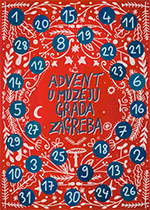Museo di Storia della Fotografia Fratelli Alinari, guest appearance in Zagreb City Museum
Exhibition concept: Claudio de Polo
Exhibition design: Željko Kovačić
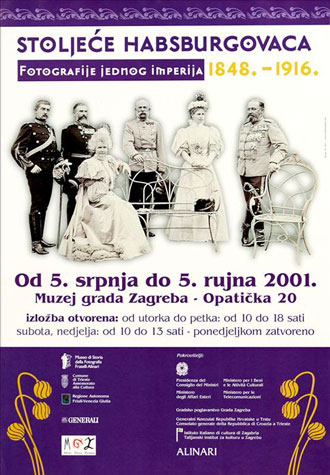 No matter how carefully chosen and philologically correct in the finest Alinari tradition an exhibition of period photographs may be, it is still basically a collection of pictures. But it is these images that furnish us with an idea of innumerable "cultural microcosms", aspects which hint at a much larger and more complex story. The period covered in the present exhibition ranges from the beginning of the reign of Emperor Francis Joseph in 1848 up to his death in 1916. The over two hundred photographs which form the "Habsburg Century" exhibition show us this last Habsburg season as an integral part of European history. Reflections on the history of Europe's greatest supernational Empire and the events which marked its rise and fall are particularly apt just now, when Europe, no longer separated by historical and ideological iron curtains, is attempting to become a unified Europe.
No matter how carefully chosen and philologically correct in the finest Alinari tradition an exhibition of period photographs may be, it is still basically a collection of pictures. But it is these images that furnish us with an idea of innumerable "cultural microcosms", aspects which hint at a much larger and more complex story. The period covered in the present exhibition ranges from the beginning of the reign of Emperor Francis Joseph in 1848 up to his death in 1916. The over two hundred photographs which form the "Habsburg Century" exhibition show us this last Habsburg season as an integral part of European history. Reflections on the history of Europe's greatest supernational Empire and the events which marked its rise and fall are particularly apt just now, when Europe, no longer separated by historical and ideological iron curtains, is attempting to become a unified Europe.
The range of the Habsburg dominion over Europe was larger and longer than any other in modern times. The Habsburgs succeeded in governing peoples that were culturally diverse and often mutually hostile.
In an area of 666,868 square kilometers, there were, at the beginning of our story:
- 8 million Germans,
- 5.5 million Magyars,
- 5 million Italians,
- 4 million Czechs,
- 3 million Ruthenians,
- 2.5 million Romanians,
- 2 million Poles,
- 2 million Slovakians,
- 1.5 million Serbs,
- 1.5 million Croats,
- 1 million Slovenes,
- 750,000 Jews and
- half a million Gypsies, Armenians, Bulgarians and Greeks taken together.
The Empire was formed to defend Christian Europe from the Turks and it continued to play an important role in keeping a balance of powers on the continent even after the end of the Muslim threat, at the cost however of a compression of the various nationalities of which it was composed. This explains why "Austria felix" was not equally "felicitous" for all the peoples of the imperial royal government.
It was however a great and civil organism and while it may not have succeeded in resolving the contradictions between a dynastic and imperialistic power and a modern evolution in a federalist sense, its disappearance was followed by dramatic upheavals and problems, still today unsolved. This is also where one should look for an explanation of the flowering of the "Habsburg myth".
Pictures from the exhibition
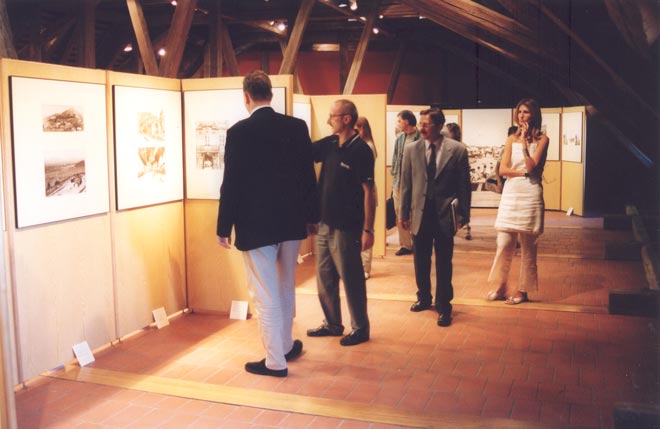

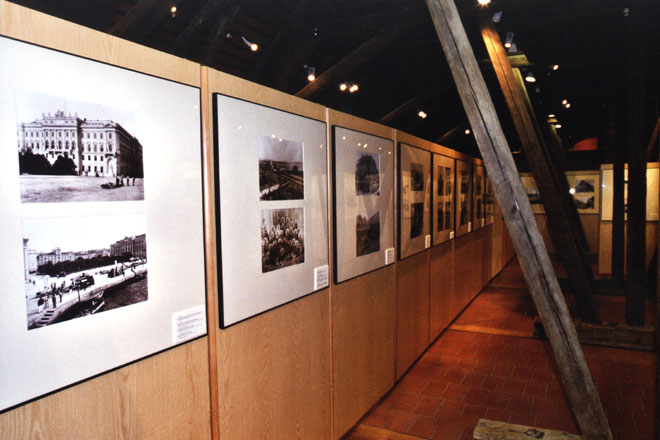
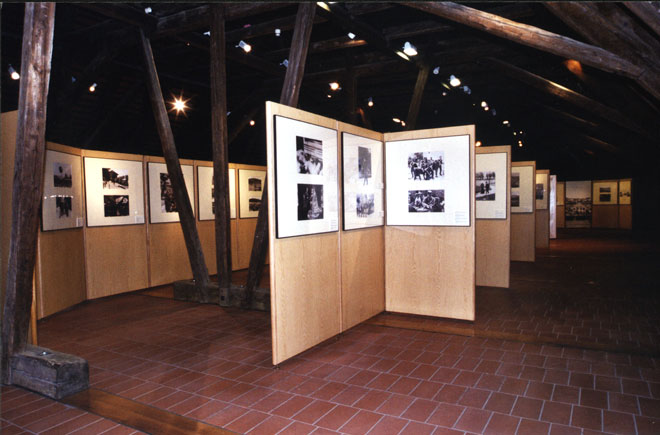
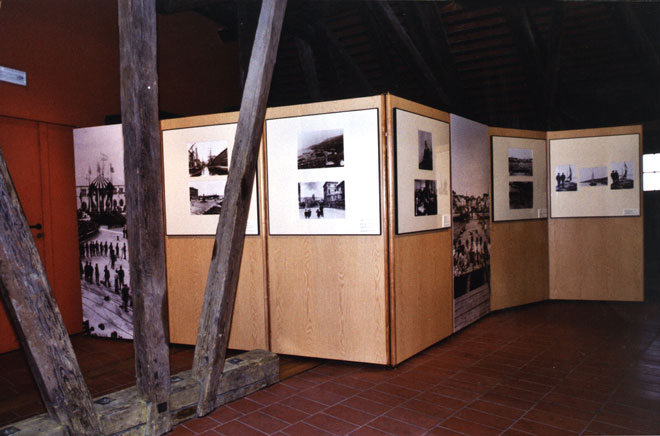
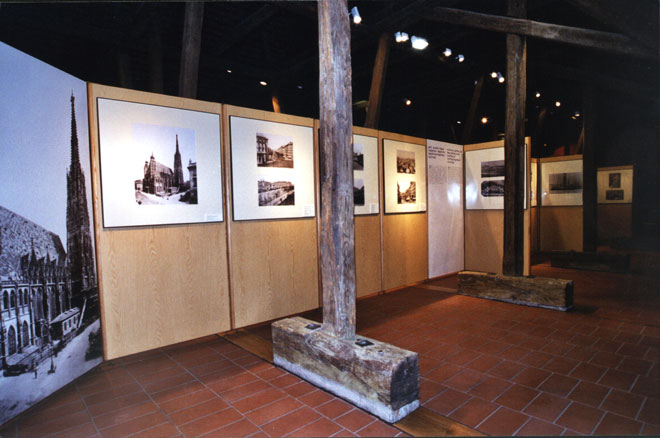
photo Miljenko Gregl, ZCM
